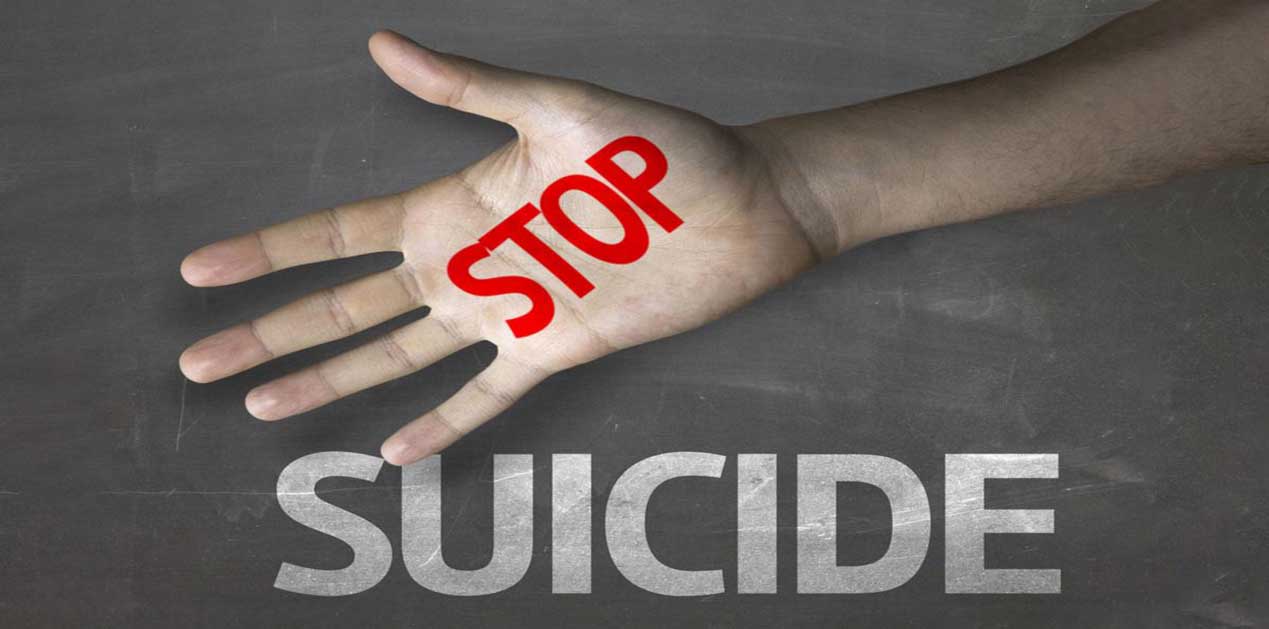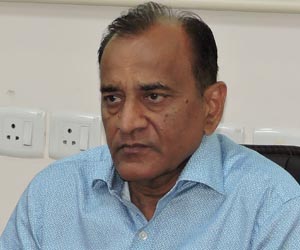Every year, we observe the World Suicide Prevention Day on September 10. It is organised by the International Association for Suicide Prevention (IASP), and the purpose is to raise awareness around the globe on the preventive aspect of suicides. The day came and went in India this year, without being adequately noticed by the media and the other commentariat classes. It’s a serious enough problem for the world community to have got together to combat. Even a cursory look at the statistics is sufficient to ring alarm bells. According to the World Health Organisation (WHO), close to 800,000 people take their own lives every year — which is one person every forty seconds. Suicide is the leading cause of death among the 15-29 year olds globally. It accounts for 1.4 per cent of all deaths worldwide; it became the 18th leading cause of death in 2016. In that same year, 79 per cent of the suicides reported were in low-and-middle-income countries.
If the situation is grim worldwide, it’s more so in India. The suicide rate matches that of the country’s share of global population; India accounts for 17 per cent of the world’s population, and its share of the total world suicides is 17.5 per cent. According to figures available with the Registrar General of India for 2012, as many as 1,35,000 people commit suicide in this country. The rate shot up dramatically between 1987 and 2007 — from 7.9 per cent to 10.3 per cent. Tamil Nadu (12.5 per cent), Maharashtra (11.9 per cent) and West Bengal (11 per cent) had the highest proportion among all States. More males than females take their own lives; the proportion being 2:1.
These are not definitive estimates, though none disputes the enormity of the situation. A study published in the health journal, Lancet, projected a significantly higher figure than what the official numbers were, for 2010. It reported 1,87,000 suicides in India. And, while the numbers were higher for males, the age-standardised suicide rate in India was 16.4 per 100,000, for women. This was the sixth highest in the world; in male suicide rate, India ranked 22nd, with 25.8 per 100,000 of the population.
While what constitutes ‘suicide’ should be apparent, it needs a set definition for the purpose of recording death through this method. The Government of India classifies a death as suicide if the following three criteria are met: it’s an unnatural death; the intent to die originated from the victim; there exists a reason for the person to end his or life — which may (in a suicide note) or not be specified. Taking off from the definition, figures have been collated to identify the causes of suicide in the country. According to some of the more credible ones, which are available in the public domain, grave illness (prolonged or sudden) account for the main reason for a person to take his or her own life. Various family problems also figure high on the probable reasons. Interestingly, extra-marital affairs and divorce do not figure high in the overall ‘marriage-related issues’ category, in causes of suicide.
On the other hand, drug abuse and love affairs have claimed 3,647 and 4,168 lives respectively, in the form of suicides. To add to this gory statistics, is the following: Poisoning has been the most preferred method of taking one’s own life in India; 33 per cent of the reported suicides have taken this route. Hanging to death has been the choice in 26 per cent of the cases, whereas self-immolation accounted for nine per cent, in 2012. From the demographic perspective which helps in understanding and tackling the issue, it’s important to note that, according to officials figures available, 80 per cent of the suicide victims in 2012 were literate — which is higher than the national average literacy rate of 74 per cent.
So much for statistics. What has been done and is being done, at the legislative, professional and social levels, to confront the situation? It may appear bizarre that, until 2014-end, an attempt to suicide was considered a crime under Section 309 of the Indian Penal Code. In other words, a person, consumed by problems for which he had no solution or counselling, and who, driven by desperation, tried to take his or her own life, was considered a criminal. Thus, if a person managed to commit suicide, he had ‘escape’; if he survived the attempt, he could languish in jail. In December 2014, the Bharatiya Janata Party-led NDA Government announced the decriminalisation of attempted suicide — a move which was hailed across society and especially by social activists working in the field of suicide prevention. The scrapping of Section 309 had been long overdue; the Law Commission of India had, in one of its reports titled, ‘Humanisation and Decriminalisation of Attempt to Suicide’, strongly recommended the end of this archaic statute.
The other welcome legislative measure that has been taken is the passage of the Mental Healthcare Bill, 2016. Now an Act, the provisions compel every State to have a mental healthcare programme and make it readily accessible to even the weakest sections of society. Citizens would have the right to access mental healthcare and treatment from health services operated or funded by the Government. This should, hopefully go a long way in reducing the rate of suicides in the country, given that mental illness lists as one of the main reasons for suicide/attempt to suicide.
There are of course two broad ways to tackle the issue, in the preventive manner. The first is to, as much as possible, decimate the causes that lead to suicides. The second is to have easy and greater accessibly to expert counselling. In a monograph published in 2011, and titled, ‘Towards a Suicide-Free Society’, author A R Singh zeroed in on four methods: Reducing social tension, preventing social disintegration, treating mental disorders, and regulating the sale of pesticides and ropes (two implements commonly used to end one’s life). The role of non-governmental organisations (NGOs) is crucial in achieving these ends, and their contribution has to be backed by efforts of the Government too. The nature of Government’s intervention would depend on the causes that need to be confronted. For instance, the causes behind farmer suicides and the Government’s response would be very different from that in, say, suicides which happen due to mental illness or marital discord. Money-related issues may be common in suicides connected with dowry pressure and debt-burden on a family, but the solutions would be very different. Suicides by students and the youth would need a very different approach from that of multiple suicides in a family — by way of a ‘suicide pact’.
Psychiatric assistance to people who exhibit suicidal tendencies is a critical factor in prevention. Here, both the individual and society have to be on alert. Depression, for instance, can lead to suicide or attempts at it. It is good that the subject of depression has come out of the closet, with many high-profile celebrities openly speaking of their experience and how they combated the illness. It has contributed to not just creating a greater awareness but also sending a message across, that one need not be ashamed of having gone through the phase, and that one must seek expert advice to handle it. In a detailed article published by the Indian Journal of Psychiatry, in 2015, and titled, ‘Suicide in India : Changing Trends and Challenges Ahead’, author R Ponnudurai has identified many problem areas and suggested remedies.
While he has spoken of the usual case studies, an interesting element is the section on the impact the Internet and other communication networks on suicide. He points out that cases of this kind are not that common in India — at least when compared to the situation in Japan and the UK — but given the exponential growth of Net-users in India and the demographic profile of its users, which tends to be the youth and the students, the Net could be a breeding ground for suicides. Ponnudurai said: “I suggest preventive methods before this problem becomes incurable.” Credible Indian studies have pointed out to excessive levels of anxiety and depression among those who have been excessive users of the Internet.
(The writer is a senior political commentator and public affairs analyst)
Image Source: https://bloximages.chicago2.vip.townnews.com/missoulian.com/content/tncms/assets/v3/editorial/8/06/80667b2b-551f-52c4-90b0-9d375035fa40/5a4f8e43da51e.image.jpg?resize=1200%2C754










Post new comment